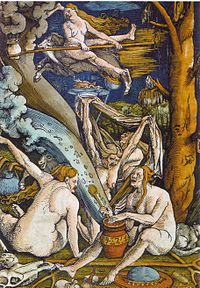It rarely snows in my neck of the woods, in Knightdale, N.C., but when it does it reminds me of Miss Mattie, an old lady who worked where I worked, at The News & Observer in Raleigh.
When a big snow or ice storm was forecast, The N&O would rent hotel rooms near the paper for reporters and editors, so we could walk to work the next morning. You could go home but if you did you darn well better be able to get back to work the next day. I always stayed in town.
Occasionally a snow or ice storm slipped up on us and when that happened you were still expected to get to work — we published 365 days a year.
Miss Mattie was way too old to make it to work on her own so The N&O would send two men in a four-wheel drive vehicle to pick her up , literally, and bring her to work.
I don’t know what her regular job was but on snow days she answered the phone and took messages from employees who called to say that they were not coming, that the roads around their houses were impassable.
One day I had to make that call.

There’s only one way out of my neighborhood, up a hill at the end of my street. And when there’s snow and ice you can’t drive up that hill. That’s all there is to it. Not even in a four-wheel drive.
Miss Mattie answered the phone. Her voice sounded like she looked, old. I told her there was no way my car was going up that hill. And eight miles was too far to walk.
She replied in her creaky, old voice, “That’s OK, Pat. I understand. I’ll tell them the weather too bad for you to come in today.”
I knew exactly why they had assigned an old lady to take messages from people who couldn’t get there. I also knew how she got to work on snow days. But she was pushing 80 and however she got there, she was at work.
“No, wait. Wait, Miss Mattie,” I said. “Tell ’em I’m coming, just tell ’em I’ll be late.”
Postscript: I was walking down the shoulder of U.S. 64, toward Raleigh, when a kindhearted soul stopped and gave me a ride into town.
NOTE: The N&O published every day no matter what. In March 1980, when our presses were heavily damaged in a fire, we published. Rival newspapers came to our aid. The Durham Herald printed our paper that first day and The Fayetteville Observer printed it the next two days, until we could get four of our presses back on line begin limping along on our own.
Coming Monday: The Source Of The Problem

